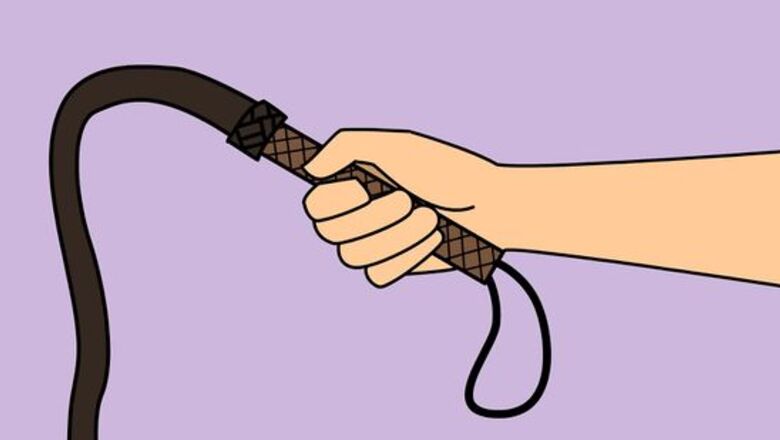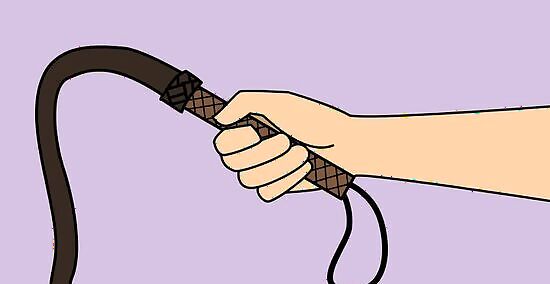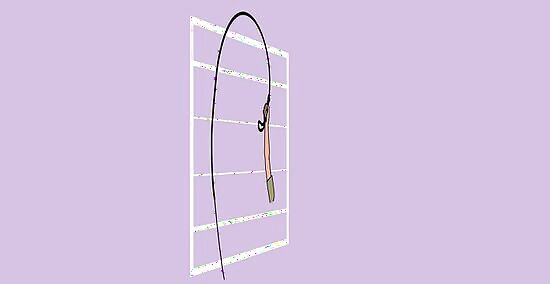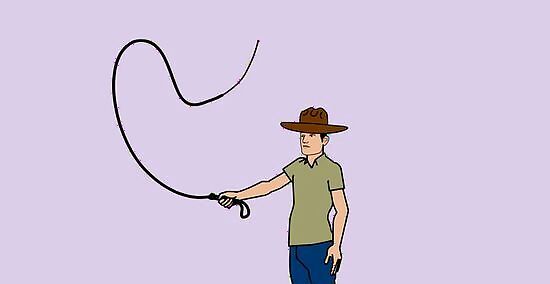
views
Doing a Forward Crack

Hold the whip correctly. With your feet planted shoulder-width apart, take the handle of the whip firmly in your dominant or writing hand. Hold it with a firm business handshake. Always practice whip cracks outdoors, clear of any people, animals, or obstacles.

Put the whip in starting position. The whip itself should be untangled and unbunched, preferably trailing straight back behind you, perpendicular to your hips. It doesn't need to be perfectly straight, but make sure it's not going to catch on your leg or hip as you bring it up into the snapping position. Always start from this position, with the whip safely behind and to the side of your body.

Practice smoothly bringing the whip straight up in the air. All other whip crack moves are based on the basic forward whip crack. With the whip held firmly in your dominant or writing hand, bring your arm up straight up to the 12 o'clock position, as if you were pointing at the sky. Keep your elbow locked on the up motion, keeping your arm straight. To crack the whip, let your elbow bend naturally and snap your arm down firmly in front of you, keeping the whip clear of your body. Practice bringing the whip up smoothly, and letting the weight of your arm falling do most of the work. It shouldn't be an abrupt or jerky motion, it should follow the natural motion of your arm.

Create the "loop." The reason the whip cracks is because one part of the whip is traveling in one direction along a straight plane while the other end of the whip is traveling in the opposite direction. This is called the loop. When you bring the handle of the whip straight up, at the apex, the end of the whip will still probably be close to the ground and traveling up. As you bring the handle down, the end of the whip moves toward the point where the handle used to be, and will "crack" as you abruptly change direction. Maintaining this loop is essential to making good whip cracks. It helps to make sure you've got the whip in the right starting position.

Keep a straight plane. It's important to remember that the whip won't crack if you don't maintain a straight plane. Whether vertical or horizontal, your arm and the whip need to be in a straight line to get that distinctive cracking sound from the whip.< If you're having trouble getting the whip to crack, make sure you're bringing the whip up high enough on the initial up motion.
Cracking Variations

Do an overhand crack. If the forward crack resembles a tai-chi motion, the overhand crack resembles a baseball pitch. Put your non-dominant foot forward slightly, and instead of bringing the whip up, rotate your shoulder back and bring the whip straight forward over your shoulder as if you were throwing a ball. Your starting position for this whip crack needs to have the whip laid out in front of you, rather than behind you.

Try a sidearm crack. This motion resembles the motion used to skip stones across a body of water. With the whip in starting position behind you, and your hand holding the whip facing palm out, away from your body, bring the whip forward in a horizontal motion. This crack can be used as part of a combination crack. After bringing the whip forward, adjust your footing to stand straight up and bring the whip back over your shoulder to complete a second forward crack. This looks and sounds more complicated than it is. Be careful not to bring the whip back into your face if you attempt this.

Try the coachman's crack. This is the kind of whip crack you might use to drive horses on a stagecoach, and is basically a combination of the forward crack and the overhand crack. Start the crack as you would the forward crack, bringing your arm up, but keeping your arm flexed, rather than perfectly locked and straight. Flex your wrist backward at 12 o'clock position to strike the whip straight out, rather than straight down.




















Comments
0 comment